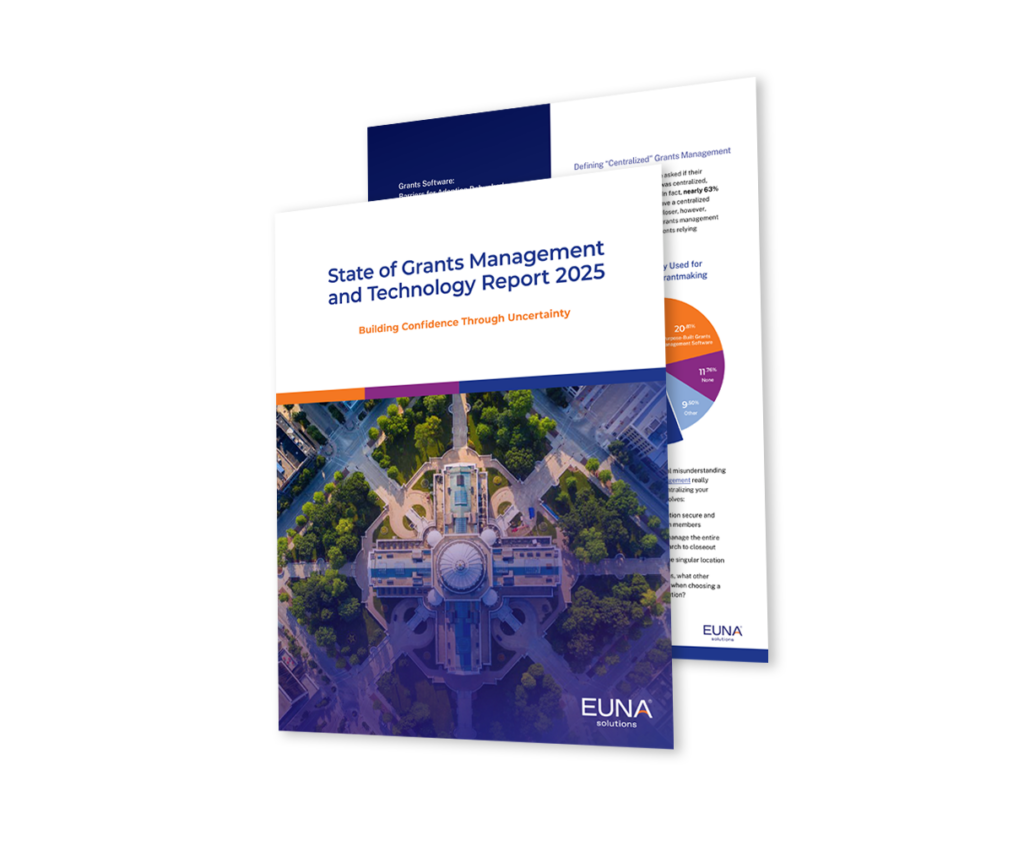Building trust within your agency and amongst suppliers is paramount. Leveraging purpose-built procurement software can be the key to unlocking that trust. Let’s dive into the different roads to procurement success and see how purpose-built tools can support each journey while embedding trust in your processes.
Different Roads to Procurement Success
Agencies face a multitude of challenges and goals, making it essential to approach the procurement process with versatility. Two key approaches come into play: challenge-based procurement and outcome-based contracting. Both of these methods provide a structured yet flexible pathway to achieve high-quality results, all while enhancing internal trust and supplier reliability.
Challenge-based Procurement
Challenge-based procurement hones in on specific challenges that need to be solved by products or services, leaving the ‘how’ to the experts. This method is most useful when there’s a plethora of potential solutions. By setting a challenge statement, you allow suppliers to use their creativity to develop innovative solutions, helping them feel confident in meeting various needs.
Example: A local government needs to cool down its city streets in the summer. Suppliers can propose solutions such as greenspace and shade along streets, or paving materials that don’t hold heat like traditional asphalt does.
Outcome-based Contracting
In contrast, outcome-based contracting revolves around results. This approach incentivizes performance and ensures the delivery of high-quality products or services, significantly mitigating the risk of failure. By incorporating clear terms and expectations—like sustainability requirements—agencies can hold suppliers accountable and drive strategic outcomes.
Example: If the local government selects greenspace and shade as the solution, including water conservation in the contract would mean requiring the use of drought-resistant plants and systems to capture and filter storm runoff.
Bringing More Value with Networks
Leveraging networks, whether they are buyer networks or supplier networks, is another vital strategy for building trust and adding value. These networks are powerful allies in navigating procurement complexities and achieving strategic goals.
Buyer Networks
Your network of peers can be a wellspring of knowledge and shared experiences. By leveraging these relationships, your team can learn from others’ successes and missteps, avoiding common pitfalls and achieving more competitive pricing through collective purchasing.
Example: Your team can gain insights from peers who have successfully reduced the carbon footprint of their procurement processes. By collaborating, you can source energy-efficient products or even consolidate orders to lower transportation emissions. Building this network not only empowers your agency but solidifies trust with stakeholders who see the collective effort towards sustainability.
Supplier Networks
Access to a broad and diverse supplier network is a game-changer for public procurement teams. Such networks enable agencies to easily reach various suppliers, helping find the best fit for project needs, drive innovation, and enhance efficiency while fostering trust in the procurement process.
Example: Supplier networks can help your agency meet diversity and local purchasing goals by making it easier to identify and engage with suppliers that meet specific criteria. This visibility into the supplier landscape ensures that your procurement is inclusive and reflective of community goals, further cementing trust with the public.
Build Trust and Enable Transparency in Your Agency
By employing these strategies and leveraging purpose-built procurement software, your agency can build trust, drive innovation, and achieve strategic goals more effectively. The right tools not only streamline processes but also foster transparency and accountability, embedding trust at the core of your procurement activities.
Want to learn more about building agency trust through purpose-built software? Check out our 2024 State of Public Procurement report.

